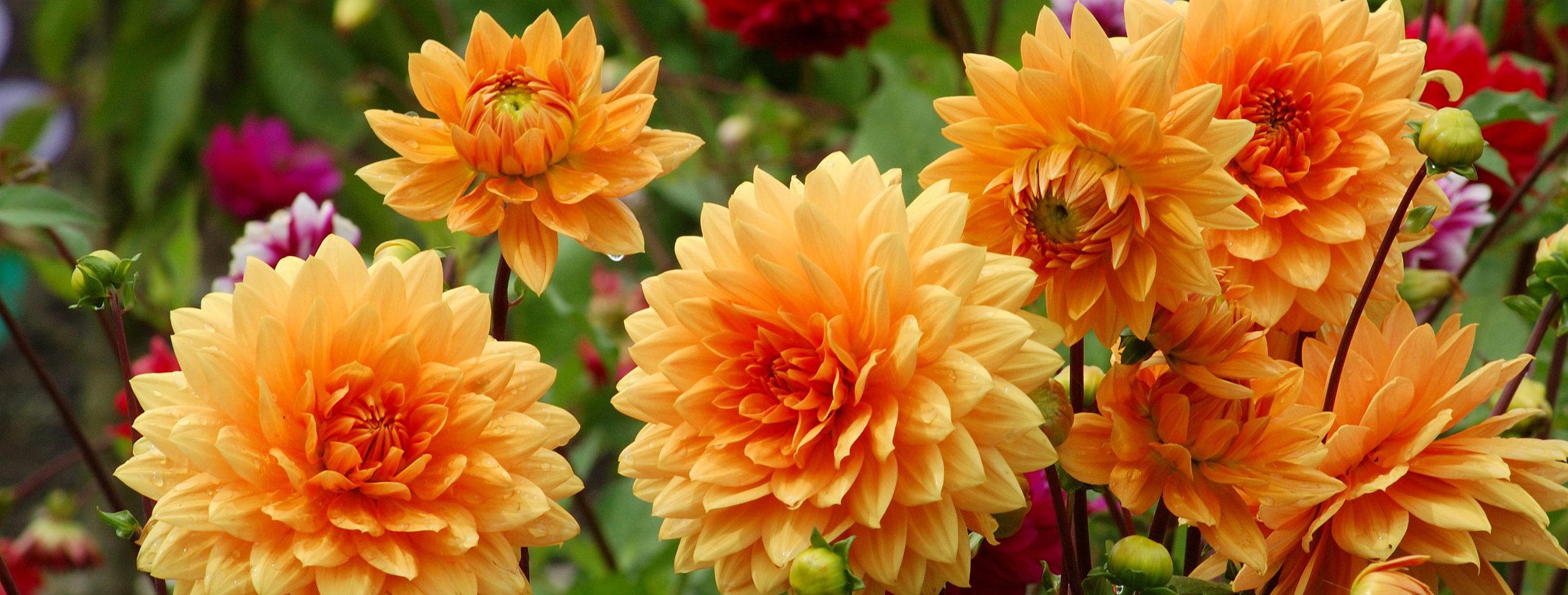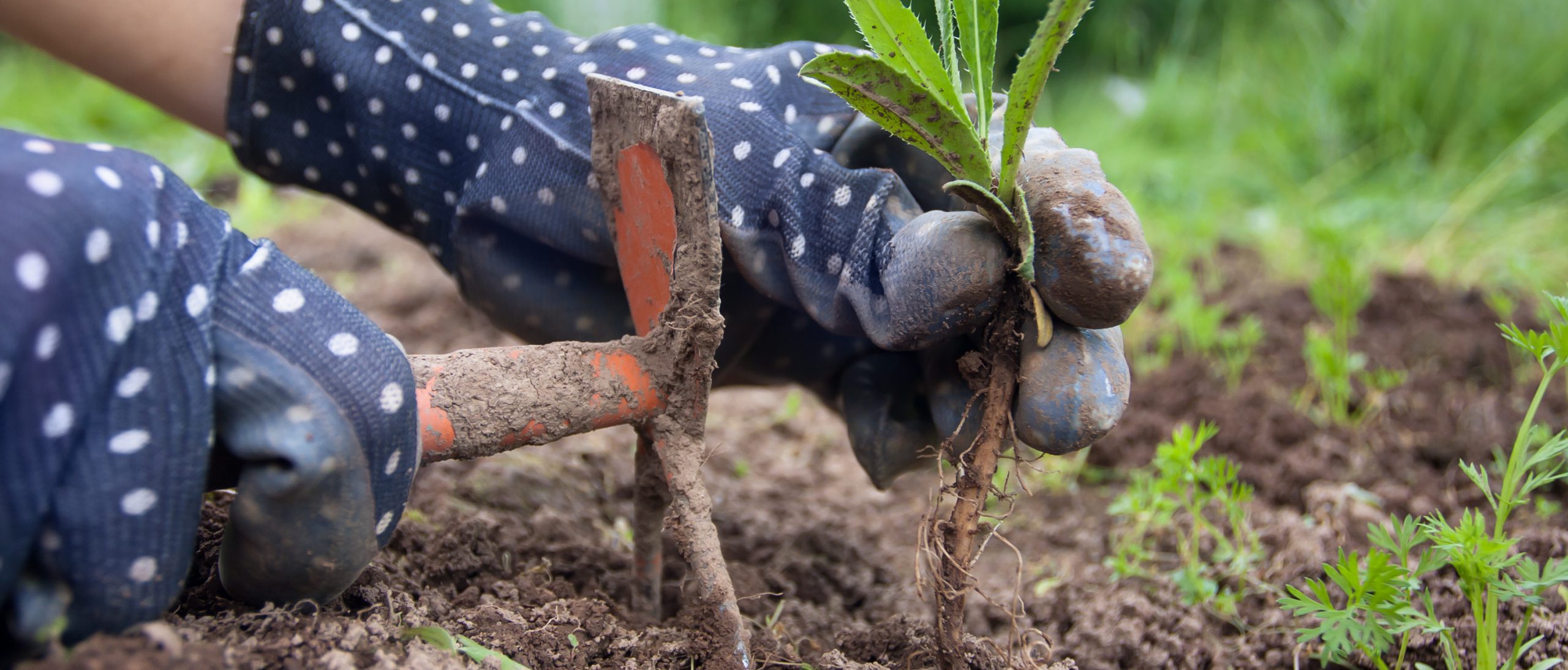There’s plenty to be getting on with in the garden in March, here are our top gardening jobs for the month. Don’t forget to come and visit us to take advantage of our in store offers and speak to one of our friendly plant experts.

1. Plant out your early potatoes that have been chitting for the past few weeks. The conventional method is to dig a trench to place the potatoes and to then draw the earth up to cover the growing stems, forming a ridge of around a foot. Where space is limited, you can use a compost bag or growbag to plant them instead. Punch some holes in the base for drainage and then simply roll the sides of the bag up as you add the compost.
2. You can also plant out rows of onion bulbs provided the ground has started to dry out a little. Make sure you thoroughly weed the ground where you intend to plant them and check them regularly to remove any new weeds. Onions do not grow well if they must compete with other plants and can be easily damaged in the process of weeding if things have got out of hand.
You can view our best selling Bulbs & Weeding Tools online.

3. As the soil warms up, it is the time to choose and plant out your summer flowering bulbs. They provide a riot of colour for our gardens and are so easy to grow! You can choose from dahlias, oriental lilies and begonias to name just a few. Put plant supports in place now for the taller growing varieties to ensure those huge flower heads hold their heads high all summer long.
4. Lift and divide perennials that didn’t flower very well last year or have become too congested. Replant the clumps in groups of at least 3 plants to create a natural drift either in the same spot or perhaps try some in a new spot in the garden?
5. Patio containers have been hanging on in there through the winter months and could now do with some TLC. Weed, top dress with some fresh compost and mix in a little slow-release fertiliser. The containers will have suffered some loss of nutrients with all the winter rain and the repeated process of thawing and freezing.
6. As the weather warms and the sun begins to shine with more frequency you can expect to see annual and perennial weeds appearing at a rate of knots. Get into the habit of checking your beds, borders and containers regularly to prevent things getting out of hand. It is far easier to deal with certain perennial weeds before they have developed their deep tap roots or runners. Click here to view our best-selling weed killers.
7. Apply a high nitrogen feed such as poultry manure to blackcurrants, plums, cherries, cooking apples and pears as they’re hungry feeders. Poultry manure is not just a great source of nitrogen, it also contains all 13 of the essential nutrients that are used by plants. It comes in a pelleted form and can be easily forked into the soil.

8. The following seeds can be sown outdoors when the risk of frost has past: broad beans, carrots, parsnips, beetroot, onions, lettuces, radish, peas, spinach, summer cabbage, salad leaves, leeks, Swiss chard, kohl rabi, turnip and summer cauliflower. Try to not plant a crop in the same place as last year. Certain crops will benefit from growing in the soil of where another had grown the year before, so it really helps to keep a track of planting locations. Where root vegetables (carrots/parsnips) grew last year, plant brassicas (cabbage/kale) this year; where brassicas were planted last year, plant legumes (peas/beans) this year etc.
We have an extensive range of seeds available in-store.
9. The following seeds can be sown indoors: sweet peppers, tomatoes, cucumbers, aubergines, celery, salads and globe artichokes. Mix fine seeds with a bit of sharp sand to make handling them easier. Using a module tray, sprinkle the mixture evenly across the surface of the compost that has already been watered and gently firmed down. Top with a light covering of vermiculite so light can still reach the tiny seeds. Larger seeds can be sown individually in small pots and covered with compost, following the directions of depth on the seed packets. Don’t forget to label them with the variety and date they were sown.
10. Protect hardy seed sowings from the cold or from lack of rainfall, both are a real possibility at this time of year. Cover with fleece or cloches if hard frosts are forecast. Remove these covers during the day if mild enough to allow light to permeate and air to circulate. If weather has been very warm and dry, be sure to keep the seedlings well-watered to help them put down deep roots. Without enough water, the vulnerable seedlings will quickly perish











